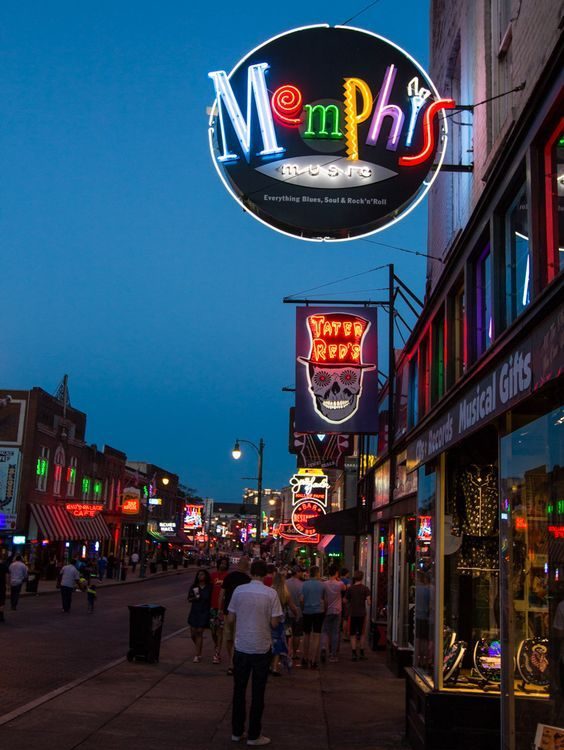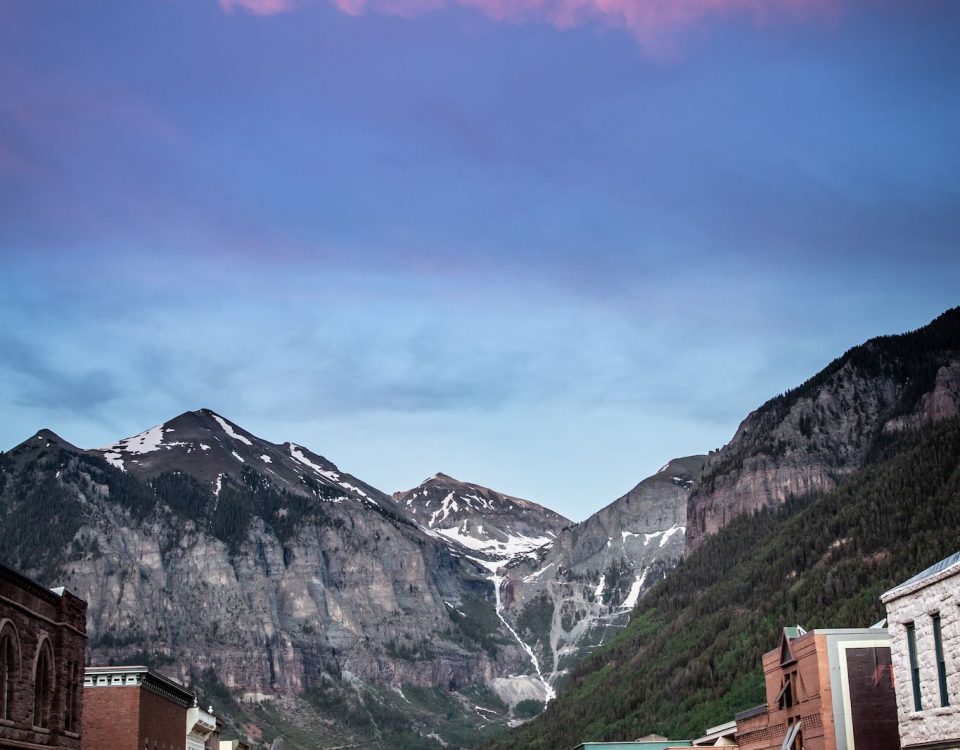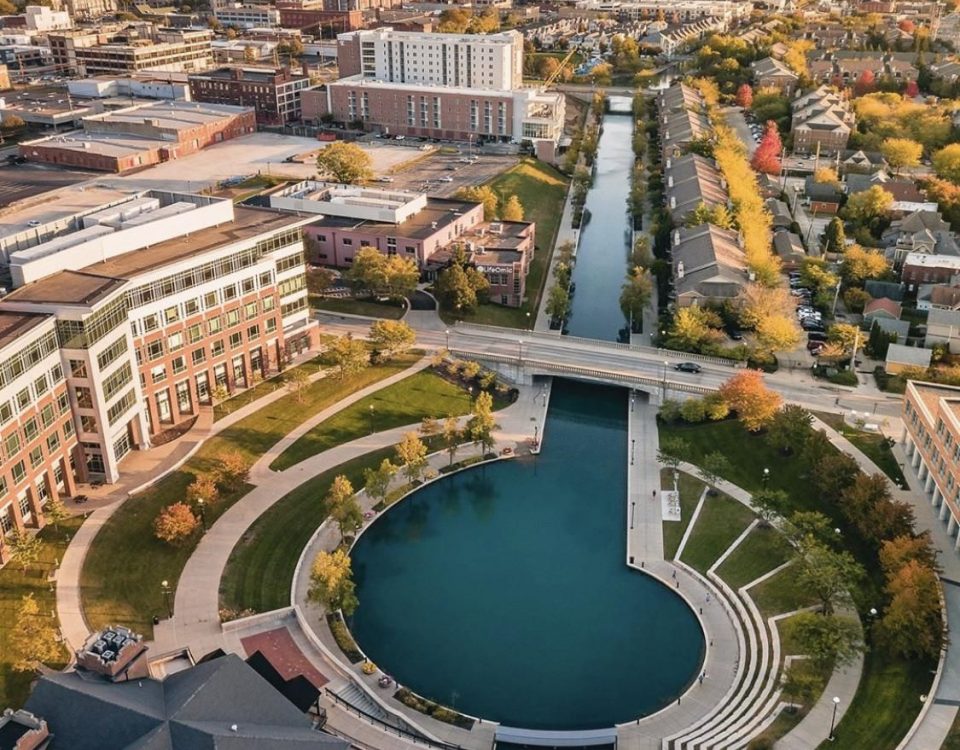Paris, France

London, England
May 7, 2014
Rome, Italy
March 19, 2020Paris – The City of Love and Light
An exceptional visit awaits you … The capital of France, the French call Paris, the city of lights where everything is possible. Capital of gastronomy and love, Paris enjoys an incomparable historical and cultural heritage. In fact, millions of tourists come to visit Paris every year.
Paris is a permanent celebration for culture, history, fashion and including gastronomy. As there are so many things to see and do in Paris, it is difficult to establish an exact list. We have selected the “crème de la crème “of Paris with certain places known to help you plan a visit in this extraordinary city.
The essentials of your visit to Paris
The İle de la Cité
To visit Paris, it is best to start with the İle de la Cité which is the old quarter of Paris. İle de la Cité is truly the central crossroads of the capital which offers you a journey back in time through sumptuous monuments. Along the waterfront of the Seine, you will discover the Pont-Neuf, the oldest bridge in Paris, the medieval towers of the Conciergerie, the elegant Place Dauphine and the superb Notre-Dame Cathedral.
The Pont Neuf, despite its name, is considered to be the oldest bridge in Paris. It is also the first stone bridge in Paris to cross the Seine entirely. The Conciergerie, is the oldest vestige of the Palais de la Cité, medieval residence of the kings of France and the prison during the French Revolution. It is very amazing to see this majestic building, a mixture of architectural styles. The Conciergerie towers are the most visible external elements, testifying to the age of the site.
Clock Tower (Tour de l’Horloge) is the best known of these towers with the oldest public clock of Paris which was built in 1371.
The Sainte Chappelle, located within the Palais de la Cité, is a religious monument in the French Gothic style.
Notre Dame de Paris, commonly known as Notre-Dame, is one of the most emblematic monuments of Paris and a Catholic cathedral of worship dedicated to the Virgin Mary. The cathedral is the masterpiece of Gothic architecture and the most visited monument in Paris. It is the testimony of many episodes in the history of France and inspires many artistic works, in particular the novel by Victor Hugo, Notre Dame de Paris.
The Place Dauphine, located west of the İle de la Cite, was the second royal Parisian square in the 17th century. It is one of the two Parisian squares built in the “brick and stone” style, have a historical and architectural past and today, has become the haunt of art galleries, cafes and restaurants.
Latin District – Quartier Latin
The Latin Quarter is an essential place to visit the capital. It is located in the 5th arrondissement, on the riverbank of Paris. Parisians, students, tourists meet there in the cafes and restaurants of the neighborhood in a friendly atmosphere. The tourist sites of quarter are many such as; Panthéon, Cluny Museum, Garden and Museum of Luxembourg, La Sorbonne…
Cluny Museum (Musée de Cluny), is the museum of the Middle Age and specializes in the medieval history of France. He holds many objects and works of art from this period.
Panthéon, is a neo-classical monument located in the heart of the Latin district, on the top of Sainte-Geneviève mountain. It is the temple of the French Nation which becomes after the Revolution, the monument of the historical figures. The Panthéon has been classified as a historical monument since 1920, where great personalities, who have marked the history of France, rest such as Pierre-Marie Curie, Victor Hugo, Jean Moulin, Jean Jacques Rousseau, Voltaire, Emile Zola … By visiting Panthéon, you will find the spirit of the Age of Enlightenment in this temple.
Luxembourg Garden (Jardin du Luxembourg), this garden was created in 1612 at the request of Marie de Medici. It consists of gardens, fountains, statues which you can admire while strolling through the park. It is located on the edge of Saint Germain des Près and the Latin District. Covering an area of 25 hectares, the garden is one of the favorite green spaces for Parisians and tourists. Don’t forget to enjoy the gardens, The Orangery, the statues and have a picnic in company with a bottle of French wine.
Saint Germain-des-Près
The French Academy (Académie Française), The Odéon theater, The Fine Arts (Beaux Arts), The Orsay Museum (Musée d’Orsay) … A small land of elegance which has chic couturiers, galleries, antique dealers, literary cafes, and publishing houses. In the midst of the luxury boutiques and art galleries that liven up the neighborhood, you can take a break on the veranda of the cult cafes of Saint-Germain: The Café de Flore, the Café des Deux Magots, the Lipp, haunts of artists and intellectuals since the beginning of the 20th century. In these streets of the neighborhood, you will feel like a Parisian.
The Institute of France (Institut de France), a building referees 5 academies including the Academy of Sciences and especially the most famous French Academy. It is a consecrated institute as the protector of the arts, letters and sciences. He also arbitrates the Mazarine Library, the oldest public library in France open to readers and visitors.
The Orsay Museum (Le Musée d’Orsay), known worldwide for its rich collection of impressionist and post-impressionist art, the museum represents all forms of collections; from painting to architecture, sculpture, decorative arts and photography.
The Odéon Theater – (Théâtre de l ‘Odéon), is a Parisian public theater located at “Place de l’Odéon” near the Latin Quarter. Architecturally, it is an Italian theater and its exterior is neoclassical. The Theater arbitrated the creation of the “Marriage of Figaro” of Beaumarchais and the first English-language performances of Shakespeare on the continent, Europe.
Montparnasse- Montparnasse Tower (Tour de Montparnasse)
The Montparnasse Tower, dominates the district from the top of its 210 meters. The district is located north of the 14th arrondissement of Paris and served by many metro lines. The district was frequented by many major artists of the twentieth century. With its rich past, Montparnasse preserve nowadays its restaurants, cafes and famous brasseries.
You can enjoy the unique view of the Tower, which has 58 floors. Even if the entire skyscraper is intended for corporate offices, the 56th and 58th floors are open to the public for a stunning view of all of Paris. In front of the Tower, the district is more animated with its cinemas, its pubs, its Breton Creperies and its boutiques. The Montparnasse district is thus a good compromise between village spirit and Parisian animation.
The National Residence of the Invalids- L’Hôtel National des İnvalides
It is one of the most important masterpieces of classical French architecture, today it is assigned to the Ministry of Defense. Louis XIV, the Sun King, decided to build this building in the 17th century to accommodate those who served the royal army. Even today, the Hôtel des Invalides continues its original vocation by housing invalids. Visitors will admire a collection of artillery tracing 200 years of history which the Army Museum presents. In the museum there is one of the most exceptional collections of military history of Europe.
Eiffel Tower – La Tour Eiffel
The Eiffel Tower is the ultimate emblem of Paris. The Tower with its magnificent iron structure, was manufactured by Gustave Eiffel who designed this building for the centenary celebrations of the French Revolution. He worked for two years to erect this emblematic monument for the Universal Exhibition of 1889. The Tower, today is a symbol of French identity and a world tourist attraction. This enormous and majestic structure is 324 meters high and certainly at night, it is very beautiful when it is highlighted in a sparkling spectacle.
Champ-de-Mars, a park stretches between Ecole Militaire (Military School) and the Eiffel Tower, it is a place of relaxation that tourists and Parisians can enjoy. Indeed, it has without doubt one of the most beautiful views to admire the famous Eiffel Tower. Within the park, Parisians and tourists like to picnic, play music and at night, they admire the sparkles of the Eiffel Tower. It is freely accessible and offers the most beautiful perspective on the Tower, day and night.
Here you may click and watch the Effiel Tour
Le Louvre- Louvre Museum – Musée du Louvre
The Louvre is the largest museum in Paris and one of the largest museums in the world. It is located in the heart of the city of Paris and inside the Louvre Palace which was chosen as the royal residence by certain French kings. The Louvre is none other than one of the best art museums in the world but also the most visited. You can find works from almost all civilizations in the world; Eastern, Egyptian, Greek, Etruscan, Romans, Islamic…
Louvre Pyramid – In 1989, a vitreous pyramid was built and has become an emblem of the museum which today serves as a gateway to the establishment. It is located in the center of the Cour Napoléon, has become an essential monument of the Parisian architectural landscape.
Here you may click and watch the Louvre Museum
Louvre Surroundings;
Rue de Rivoli, this long street connects “Rue Saint-Antoine” to “Place de la Concorde”. It is a beautiful street, facing the Louvre and the Tuileries with its long arcade gallery. Many souvenir shops and French boutiques take place in this street.
Tuileries garden (Jardin des Tuileries); after a long visit to the Louvre, the ideal is to take a tour in the very large garden, Jardin des Tuileries which stretches over 25 hectares. Many banks and chairs are available to visitors to enjoy the large pools, sunbathe or take a shaded break.
The Comédie Française, a real cultural institution whose creation dates back to the 17th century. It was founded by royal decree of Louis XIV to merge the only two Parisian groups of the time, the troupe of the Hôtel Guénégaud (Molière’s troupe) and that of the Hôtel de Bourgogne. It will be difficult for you to visit the Salle de Richelieu (main performance hall) which is only open to the public on a Sunday every quarter. Favorite place for theater lovers, they will be able to attend performances of the classics of French theater.
The Royal Palace – The Cardinal Palace, is located north of the Louvre Palace and is very important for the history of France and Parisian life.
Champs-Elysées et L’Arc de Triomphe (Arch of Victory)
The Arc de Triomphe, Napoleon 1st ordered the construction of the Arc de Triomphe in honor of the Grand Army in 1806. A unique panorama on the Champs-Elysées, this emblematic monument bears the names of the battles and generals of the revolution and the first empire. From its terrace, you can admire, day and night, an impressive panorama of the Champs-Elysées and a stunning view of the arch of “La Défense”.
The Avenue des Champs-Elysées, considered by many to be the most beautiful avenue in the world, the avenue is an inevitable stop on a visit to the capital. Tourists and Parisians stroll at all hours of the day and night on this emblematic avenue of almost 2 kilometers. The symbol of Paris, like the Eiffel Tower, include full of restaurants, luxury stores, various shops and clubs. It serves as a setting, each year, for major popular events: Parade of 14th July, arrival of the Tour de France, Christmas etc.
La Place de la Concorde
The largest square in the capital. The Place de la Concorde is located at the foot of the Champs-Elysées avenue, was created in 1772. The Place de la Concorde is known to have been one of the places of execution during the French Revolution. Today, it is one of the most famous squares in Paris and its famous obelisk with the golden tip continues to overlook the city.
Montmartre and Sacré-Cœur
The Basilica of the Sacré-Cœur, is one of the most emblematic monument of Paris, it is located at the top of the Montmartre hill. It offers one of the most beautiful panoramic views of the capital at an altitude of 130 meters. Romano-Byzantine style, the basilica is also recognizable by its white color. Inside the building, the ceiling is decorated with the largest mosaic of France. A few steps from the basilica, the Tertre district, the Abbesses district with small steep streets and at the foot of the hill, the famous Moulin Rouge cabaret take place.
Montmartre, is a district of Paris dominated by the Basilica of Sacre-Coeur. Since the 19th century, it has hosted many artists and has become the symbol of a bohemian lifestyle. Known for its narrow, steep streets flanked by long stairs, it is an authentic village in the heart of Paris. With its cobbled streets, its artists, its bistros, Montmartre is undoubtedly one of the essentials of Paris. If you are looking for a corner of nature, Montmartre surprises you with its beautiful gardens and vineyards.
In the past, famous painters such as Picasso, Miro, Manet, Géricault, Renoir or Van Gogh have settled in Montmartre, met in cafes of this hillock. To dive into its cultural past, you just have to take a tour in the streets of Montmartre.
Place de Tertre is a historical square between the restaurants and the easels of painters. On this picturesque and very lively square, there are cafes, restaurants and a permanent exhibition with the easels of 140 artists who exhibit their works and paint their new paintings in the open air. This unique site has a special romantic atmosphere that cannot be described without having been experienced.
Some Parisian Advices:
– To walk around the capital, get the bus instead of subway. This is the best way to discover the city of Paris.
– Have a picnic in one of the wonderful gardens of Paris
– Have a glass of French wine at the veranda of Saint-Germain cafes.
– Take pictures in the unique cobbled streets of Montmartre.
– Walk along the waterfront of Seine.




